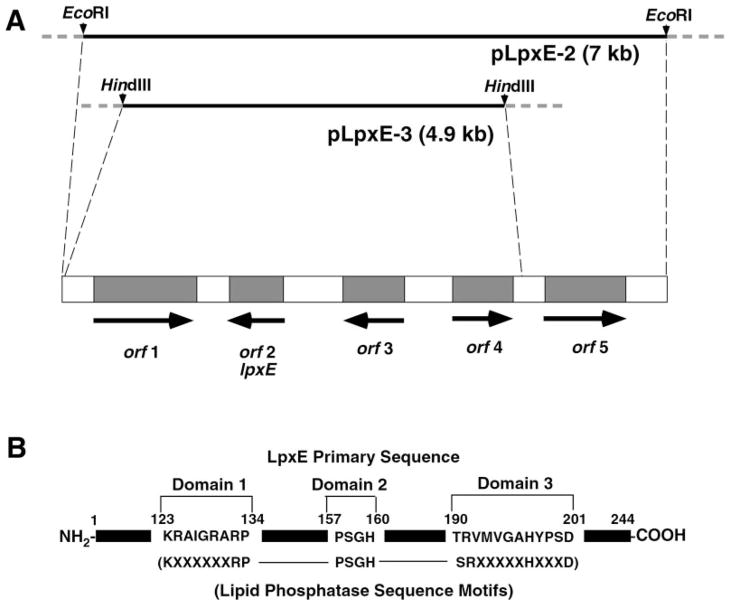Fig. 5. Genes near lpxE and location of the conserved lipid phosphatase motif within LpxE.
A, fragments of the ~25-kb DNA insert present in pMJK-1 were subcloned to make pLpxE-2 and pLpxE-3, both of which were sequenced. The dotted lines in the upper part of the figure mark the ends of the sequenced regions of the insert in pMJK-1. Five predicted open reading frames are present, and their directions of transcription are indicated. The lengths of the inserts and the genes are drawn approximately to scale. Some homologies and possible functions of these open reading frames are in Table IV. Orf2 (LpxE) is the only plausible candidate for the 1-phosphatase structural gene. Its sequence is: MRAFWASLDRRWRRSGVGMPPLRWQACLFVTLNAVILSMLLFDAPIGASKAPAPVKHLGELLTGFGDSAWLIYTSILLFFQGRAGYKLLKTARSKAQALYVSWIGAYLFFTVVFSGLLANLLKRAIGRARPDHFHDYGMFSFAPFSGHSAFESFPSGHSTTVGAFFAAFALLFPRYRVAFIACAIWLGMTRVMVGAHYPSDVIAGLAFGAWFSLLTAIVFARCGLLFKLAPDGWPLAKRLFRTA. B, the conserved tri-partite active site motif of the lipid phosphatase family (73) and the corresponding residues present in LpxE are indicated. The numbers at the top of the panel correspond to the amino acid residues of the predicted LpxE protein.

